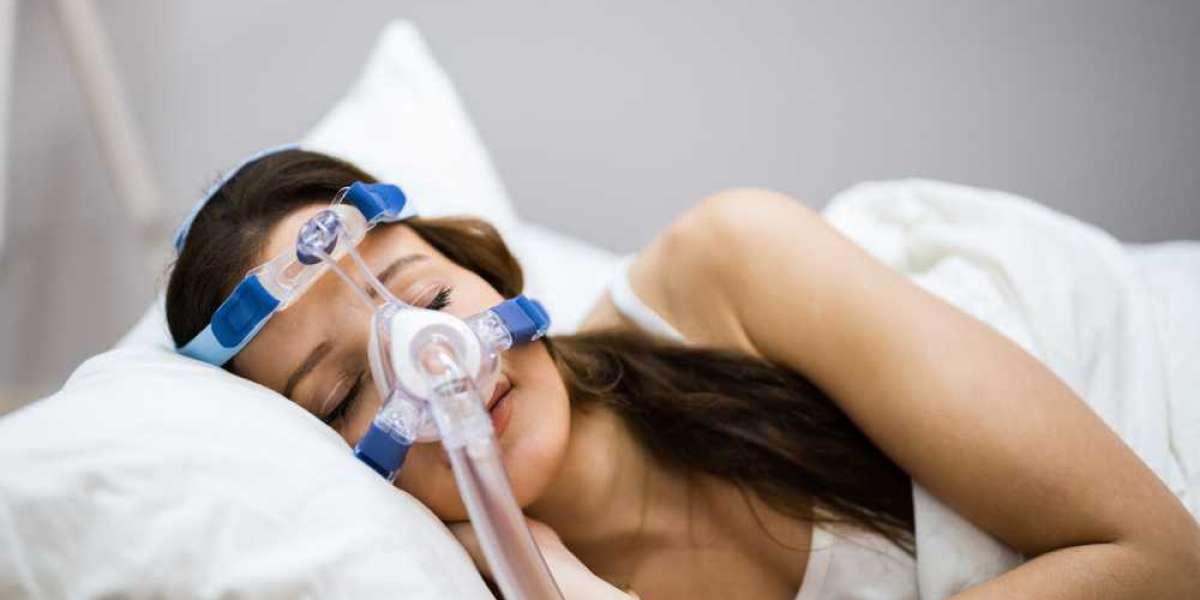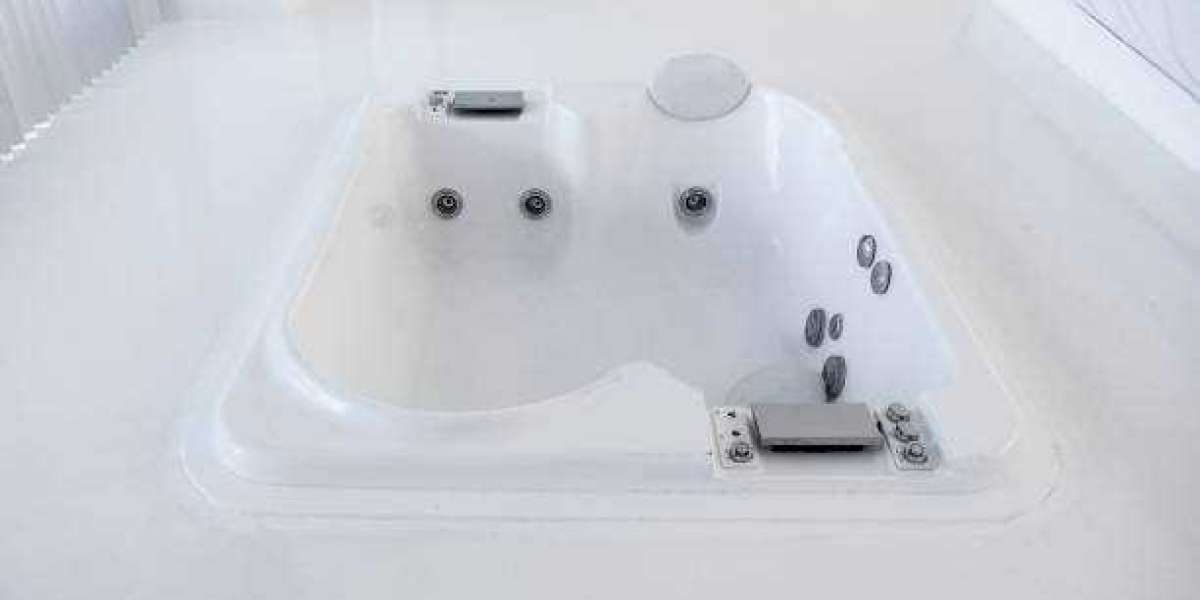Do you often wake up feeling drained, as if a full night's rest never happened? Do you struggle with headaches, brain fog, or mood swings throughout the day? If so, you might be experiencing sleep apnea without even knowing it.
Sleep apnea is a serious sleep disorder that causes repeated interruptions in breathing during sleep. While it is often associated with middle-aged, overweight men, women can and do suffer from sleep apnea, but their symptoms are frequently overlooked or misdiagnosed.
According to the Washington Society for Women’s Health Research, Sleep apnea affects about 1 in 5 women. However, because the symptoms of sleep apnea in women may differ from those in men, around 90% of women with the condition are unaware or undiagnosed.
Why does this happen? The truth is that sleep apnea presents differently in women than in men, and the medical community has historically focused on male symptoms. As a result, many women go undiagnosed for years, leading to serious health complications.
This blog is all about why sleep apnea in women is often misunderstood, how it affects their health, and what steps can be taken to get a proper diagnosis and treatment.
What Is Sleep Apnea?
Sleep apnea is a sleep disorder characterized by repeated interruptions in breathing, causing fragmented and restless sleep interruptions, called apneas, which can last for a few seconds to a minute and occur dozens or even hundreds of times per night.
The most common type is Obstructive Sleep Apnea (OSA), which happens when the throat muscles relax too much, blocking airflow. There is also Central Sleep Apnea (CSA), a less common form where the brain fails to send proper signals to the muscles that control breathing.
For years, sleep apnea was seen as a “man’s disease,” largely because men tend to have louder, more obvious symptoms like loud snoring and gasping for air during sleep. However, sleep apnea in women presents differently, making it more challenging to recognize.
Why Sleep Apnea in Women Often Goes Undiagnosed
Symptoms Look Different in Women
When people think of sleep apnea, they imagine a man snoring loudly and gasping for breath. While this is common in men, women often experience more subtle symptoms that do not fit this stereotype.
Sleep apnea in women may have:
- Chronic fatigue or unrefreshing sleep
- Insomnia or difficulty staying asleep
- Morning headaches
- Mood changes, such as anxiety or depression
- Difficulty concentrating ("brain fog")
- Frequent nighttime awakenings (sometimes feeling like they are choking)
- Dry mouth or sore throat upon waking
- Daytime sleepiness (but often less noticeable than in men)
Because these symptoms overlap with conditions like stress, menopause, thyroid disorders, and depression, many women are misdiagnosed or dismissed altogether.
Hormones Play a Role
Hormones have a significant impact on sleep apnea in women.
- Before menopause, estrogen and progesterone help keep airway muscles stronger, reducing the likelihood of airway collapse. This means younger women may have milder sleep apnea symptoms.
- After menopause, these protective hormones decline, increasing the risk of sleep apnea in women. Postmenopausal women are just as likely as men to have sleep apnea, but they are much less likely to be diagnosed.
Many women assume their fatigue and sleep problems are just a part of aging or hormonal changes, when sleep apnea in women may be the underlying cause.
Women Are Less Likely to Be Referred for Sleep Studies
Even when women report their symptoms to doctors, they are less likely than men to be referred for a sleep study (polysomnography) to diagnose sleep apnea. This happens for several reasons:
Many doctors still associate sleep apnea primarily with men.
Women’s symptoms are often mistaken for stress, anxiety, depression, or menopause-related fatigue.
Women tend to underreport classic sleep apnea symptoms, such as snoring and gasping for air. As a result, women can go years, sometimes decades, without a proper diagnosis.
How Sleep Apnea Affects Women’s Health
Untreated sleep apnea is not just about feeling tired, it can have serious long-term health consequences.
Increased Risk of Heart Disease
Untreated sleep apnea in women has a higher risk of high blood pressure, heart attacks, and strokes. Because sleep apnea repeatedly reduces oxygen levels, it puts immense stress on the heart.
Higher Risk of Depression and Anxiety
Sleep apnea in women disrupts deep sleep, which is essential for emotional well-being. Many women with sleep apnea struggle with anxiety, depression, and mood swings, often leading to misdiagnoses of mental health disorders.
Memory and Cognitive Issues
Sleep apnea affects brain function, leading to forgetfulness, brain fog, and trouble concentrating. Eventually, it may even increase the risk of dementia and Alzheimer’s disease.
Weight Gain and Metabolic Issues
Sleep apnea affects metabolism and increases the risk of weight gain, insulin resistance, and type 2 diabetes. Many women struggle to lose weight despite diet and exercise because their sleep apnea is going untreated.
How to Get a Proper Diagnosis
If you suspect you have sleep apnea, do not neglect your symptoms. Here is what you can do:
Track Your Symptoms
Keep a sleep diary where you record:
- How often do you wake up at night
- Whether you feel rested in the morning
- Any headaches, mood changes, or daytime sleepiness
Ask a Partner or Family Member to Observe You
You can ask your partner or family member to observe if they notice:
- Loud snoring
- Pauses in breathing during sleep
- Frequent tossing and turning
Talk to Your Healthcare provider
Consult with your healthcare provider, be specific about your symptoms, and advocate for a sleep study if you suspect sleep apnea. You can request:
- A home sleep apnea test (HSAT) – a convenient option for many people
- An in-lab sleep study (polysomnography) – the most detailed and accurate test
Moreover, an individual can also participate in sleep apnea clinical trials conducted by Prime Research Institute to explore more treatment options.
Treatment Options for Women with Sleep Apnea
If diagnosed with sleep apnea, there is no need to worry about it as treatment can dramatically improve your quality of life.
CPAP Therapy
One of the most effective treatments is Continuous Positive Airway Pressure (CPAP) therapy. It uses a machine to keep your airway open while you sleep, preventing breathing interruptions.
Lifestyle Changes
In some cases, lifestyle changes can help manage sleep apnea, including:
- Losing excess weight (if applicable)
- Avoid sleeping on your back, although sleeping on your side is effective.
- Avoiding alcohol and sedatives before bedtime
- Practicing good sleep hygiene (consistent sleep schedule, limiting screen time)
Alternative Treatments
- Oral appliances – Custom-fitted oral devices help maintain an open airway by adjusting the jaw position.
- Surgery – In severe cases, surgery may be an option to remove airway obstructions
Final Thoughts: It is Time to Prioritize Women’s Sleep Health
Sleep apnea in women is underdiagnosed, misunderstood, and often overlooked. But awareness is growing, and it is time for women to take charge of their sleep health.
If you experience chronic fatigue, insomnia, brain fog, or mood changes, do not assume it is “just stress” or “aging.” Sleep apnea could be the hidden cause.
By advocating for yourself, seeking proper diagnosis, and exploring effective treatments, you can regain your energy, protect your health, and start waking up refreshed every morning.








